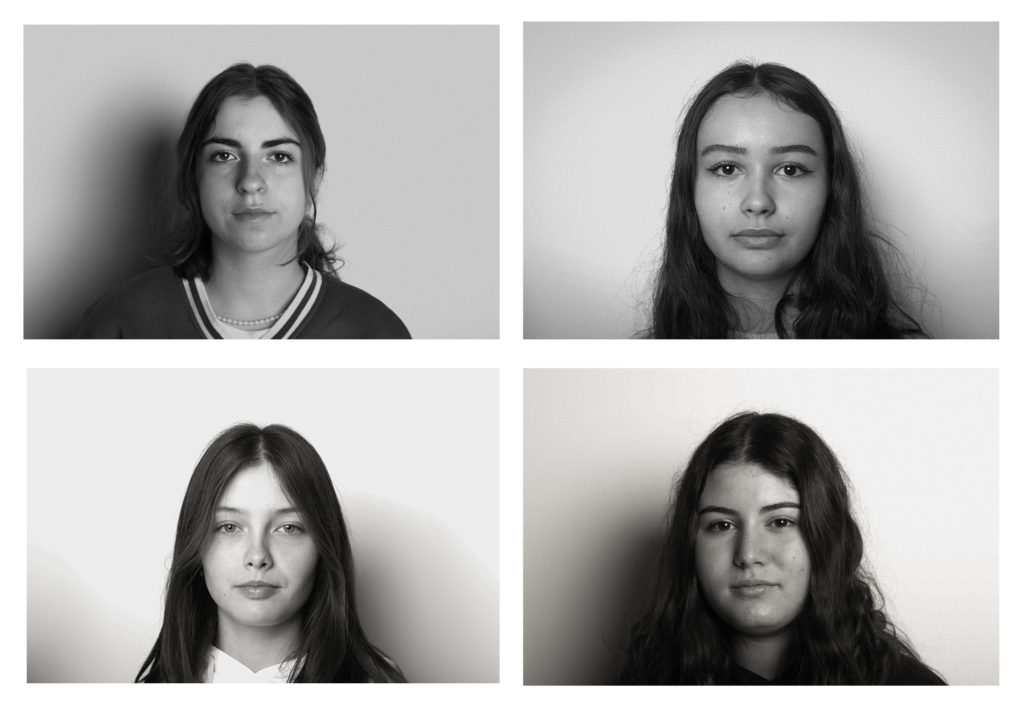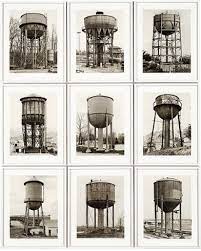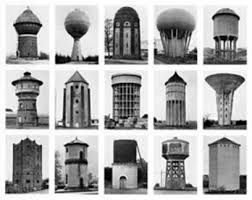Editing
After my photoshoot, I edited my best images.
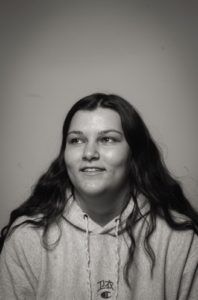
Ambient lighting 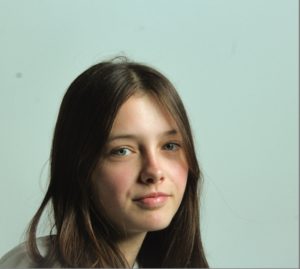
Ambient lighting 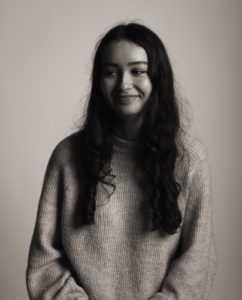
Rembrandt lighting 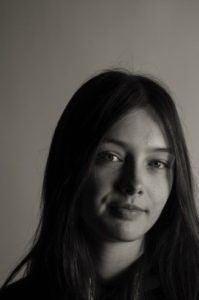
Chiaroscuro lighting 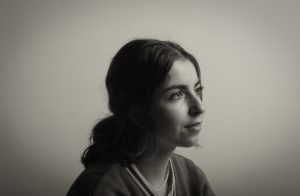
Harsher shadow with Chiaroscuro – with umbrella 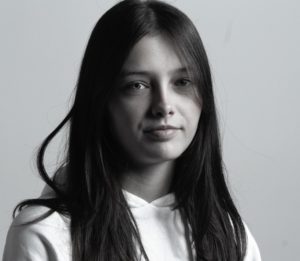
Ambient lighting with soft shadow
Sequencing and Grid work
The Deadpan Aesthetic
The deadpan photograph simply says “this is how things are”. Deadpan portraits show people in their natural state, typically not showing any sort of emotion. These subjects are not posed, are not dressed up for the occasion, and seem completely honest. The color of deadpan photographs is commonly de-saturated. While not completely devoid of color, the colors tend to be muted.
Bernd and Hilla Becher
Bernhard “Bernd” Becher, and Hilla Becher, were German conceptual artists and photographers working as a collaborative duo. They are best known for their extensive series of photographic images, or typologies, of industrial buildings and structures, often organised in grids.
Together, the Bechers went out with a large 8 x 10-inch view camera and photographed these buildings from a number of different angles, but always with a straightforward “objective” point of view. They shot only on overcast days, so as to avoid shadows, and early in the morning during the seasons of spring and autumn. Bernd and Hilla Becher first began their still-ongoing project of systematically photographing industrial structures – water towers, blast furnaces, gas tanks, mine heads, grain elevators and the like – in the late 1950s.
My Experiments
After editing my images with subtle adjustments, keeping them all in black and white to mimic the work of the Bechers, I created grids in photoshop. I did this by exporting my images from Lightroom to photoshop, then creating a blank document (A3). I then added each image, lined them up to create equal borders, and cropped the document to my desired size.

